Red Bull Air Race
Matthias Dolderer: The need for speed
Another race takes place before pilot Matthias Dolderer can take to the air in his Red Bull Air Race craft to thrill the hordes of spectators in seven countries in Europe, North America and Asia. Two Boeing 747 cargo planes first have to transport the grid stand, the race club, the hangars, the heavy duty cranes for the air gates, the electronic equipment and the TV broadcasting center, all the materials needed, from race to race. In an interview with DHL InMotion, Dolderer talks about his part in the challenge at race weekends and how speed in the air and on tarmac compare.
Many people see the Red Bull Air Race more as a big event than the highly competitive sport that it is, why is that?
MD: Many think that if the name is prefixed by Red Bull, then it’s just an event, but it’s an official world championship. There’s no quarter given during the race. It comes down to thousandths of a second for us. And it’s a fact that the championship has only been in existence since 2003. Over time, it’s bound to become even more popular. It’s a real sport after all.
How did you end up doing this?
MD: My parents opened an airfield when I was five years old, so I was practically born into it. It’s just the idea that you can take off at all with an A380 weighing perhaps 400 or 500 tons. Once you’ve experienced the feeling of flying, then that’s what you want to do. Many then simply choose to do it as a job and become pilots in the military, the police or with an airline. We’ve chosen to fly in the Red Bull Air Race as a sport and give it 100 percent, that’s the route we’ve taken.
What’s more difficult when it comes to being quick, steering a Formula 1 car or piloting an air race plane?
MD: It’s only difficult when you can’t do it. If a Red Bull Air Race pilot were to sit in a Formula 1 car, it probably wouldn’t even budge. And conversely, with the plane. Nowadays, Formula 1 cars have a bunch more electronics inside. There are more buttons to press. However, in contrast to us, when we fly races, we sort everything out before the race and have relatively little button pressing to do while it’s happening.
What’s it like to experience this speed as compared to driving fast on the road?
MD: When I find myself doing 270 kilometers per hour on the highway, then I don’t feel as comfortable as when I’m taking off at the same speed. You just have too many enemies on the road. You mustn’t make a mistake in the air, as we fly quite low. Actually, there’s no reason to make a mistake either. Nothing happens even if you fly through a pylon. It gets chewed up. Strange as it may sound, though, I feel really at ease on the race track and have never felt uncomfortable or threatened. From the outside, it always looks really spectacular, but when you’re sat there, it’s like you’re in your front room.
A speedy room. It’s simply not as obvious as a fast car.
MD: Right. It’s easiest to learn, get a feel for or experience the feeling when you fly a glider. You can sense the air rising or falling.
Were you never afraid or worried, not even in your first race?
MD: No, my worry was more that I might not be fast enough. I look forward to it and am actually addicted to it, this need for speed and the competition that goes with it, giving you the chance to see how you stack up. And also, that you can actually do what you love doing.
What’s the greatest challenge for you on a race weekend?
MD: It’s the whole flight basically. You really need to have your wits about you from the first to the last second. It starts as soon as you arrive at the circuit, making sure that everything is set correctly, that your approach is at the maximum speed of 370 kilometers per hour and that you can then find the best line. It’s a combination of everything. You have to see that you’re always on the limit and follow the rules.
And how do you prepare for such a race?
MD: We’re currently refining our simulator so that it really corresponds to the plane. This is obviously the main goal, so that you don’t have any negative training. We want the inputs, the controls and the acceleration to correspond to those of the aircraft. You then commit the circular course to memory and fly around it in the simulator.


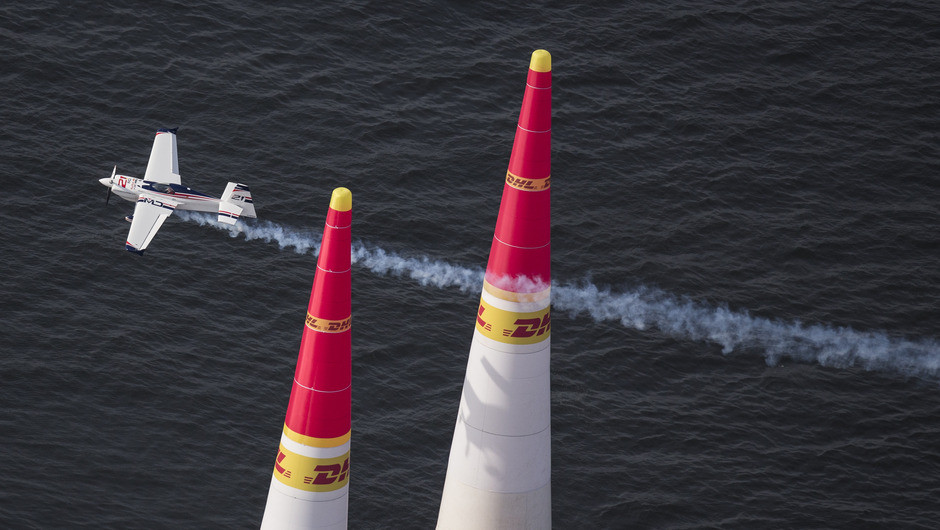

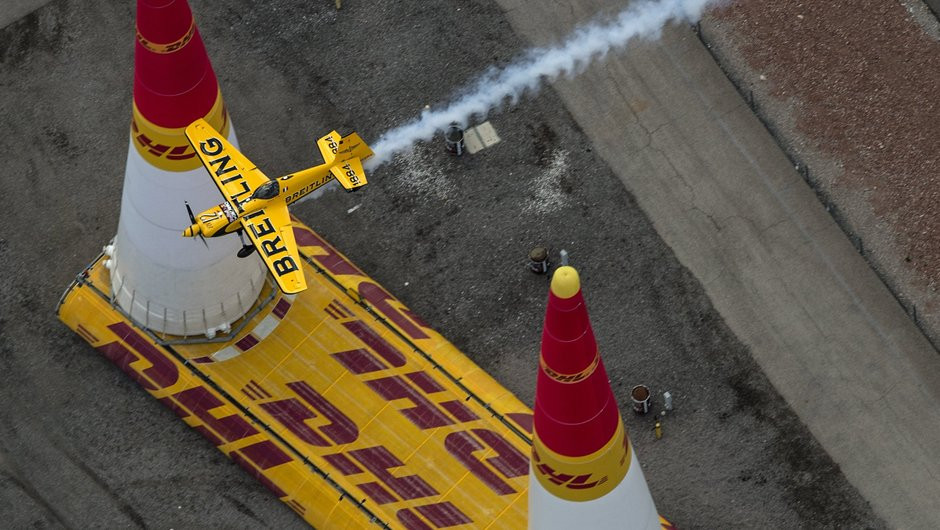
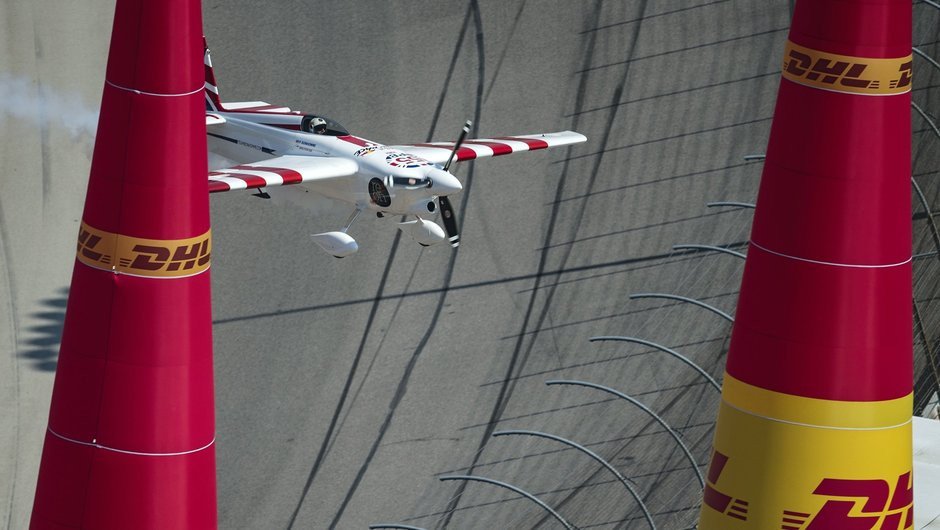
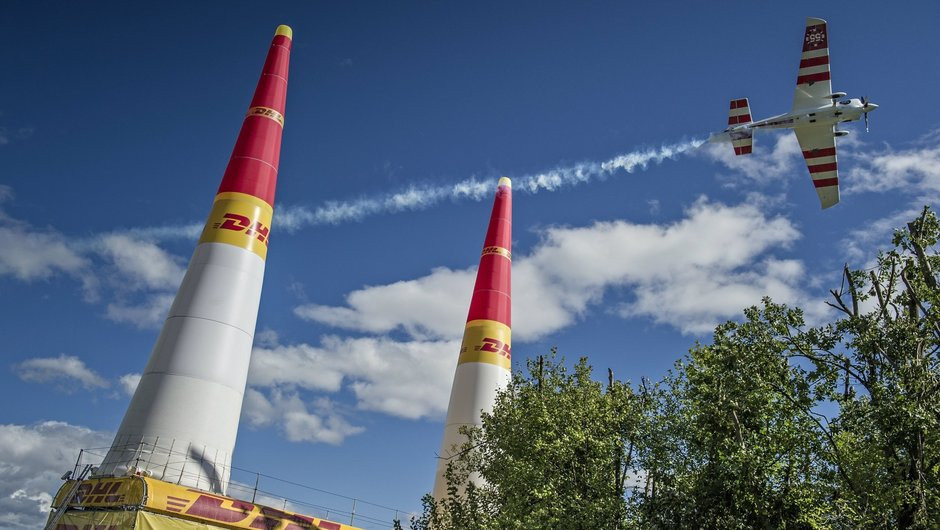
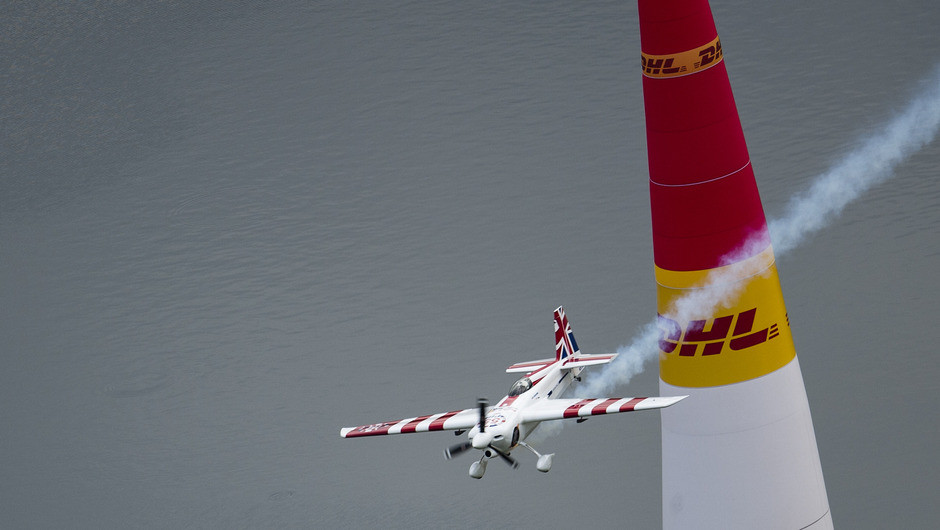

Content from disqus has been blocked because you did not allow to load it.
Loading the blocked content will adjust your privacy setting and content from this service will not be blocked in the future.
You have the right to revoke or change your decision at any time.
Posting Guidelines
All communications on Logistics of Things should be appropriate for a professional community, respecting the diverse views of individuals from different backgrounds. We will review all comments and reserve the right to terminate or restrict access to user's account and to delete any content posted through it, without notice and at our discretion, if we deem it to be overly promotional, offensive, or off topic.
All posting become property of DHL.